Stephen Hawking’s first edition of this book came out in 1988. It sold more than 10 million copies, but you might hesitate to try reading it, given the book’s universal ambition. Now, you can pick up this abbreviated, accessible revision with pleasure and anticipation. Hawking and Leonard Mlodinow smoothly explain the most profound questions about the physical world. They illustrate their points with brief stories, analogies and a cluster of images. The result is a compressed introduction to science, physics and cosmology, with sketches of key historical points. Even with clear explanations, the conceptual density can be challenging. Still, it’s the best explanation out there. getAbstract recommends this highly readable tour through the universe’s most compelling mysteries.
Look Up in Wonder
Looking at the distant, mysterious stars raises the same questions that your ancient ancestors asked: “Where did the universe come from? Where is it going?” Is there a beginning and will there be an end? What is space and what is time?
As recently as 500 years ago, you could “find people who thought the earth was flat.” Citizens of ancient Greece observed how ships appeared over the horizon a bit at a time. They concluded this fit a round world better than a flat one, on which the entire ship would be visible but very small. The Greeks noted that some lights in the sky moved differently than others. Most followed regular paths; a few doubled back. The Greeks called them “wanderers.” They were the planets.
The ancients constructed models to explain celestial movements. Aristotle argued for a stationary Earth around which the stars and other objects “moved in circular orbits.” Ptolemy posited a model of the universe as nested, moving spheres. The stars were stationary on these spheres, but the planets moved, thus explaining their wandering. This flawed model was “fairly accurate” at predicting celestial motion. In 1514, Nicolaus Copernicus argued...
Physicist Stephen Hawking, author of A Brief History of Time, was generally considered to be the most brilliant theoretical physicist since Albert Einstein. Hawking passed away on March 14, 2018. Physicist Leonard Mlodinow wrote Feynman’s Rainbow and The Drunkard’s Walk, among other books.










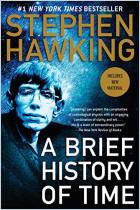
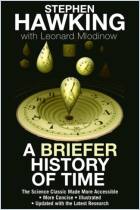
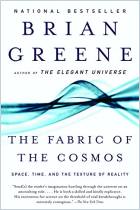

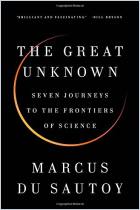
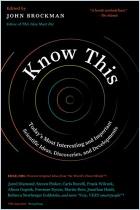


Comment on this summary or Comenzar discusión